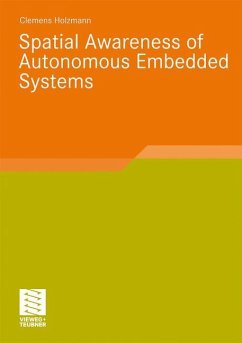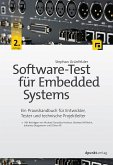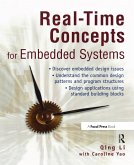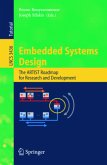Our environment is increasingly pervaded by embedded systems which are integrated into everyday objects, equipped with sensors and actuators, networked among each other and available at any time and in any location. These computationally augmented real-world objects must be supplied with context-awareness and need to share the perceived context-information to enable them to operate more autonomously.
Clemens Holzmann investigates the role of spatial contexts for autonomous embedded systems, in particular the position, direction, and spatial extension of objects with respect to an external reference system or other objects. The author presents concepts for recognizing, representing, and reasoning about qualitative spatial relations and their changes over time, as well as an appropriate architecture which has prototypically been implemented in a flexible software framework. His results show that the proposed concepts are suitable for developing spatially aware applications and that qualitatively abstracted relations can constitute an adequate basis for this purpose.
Clemens Holzmann investigates the role of spatial contexts for autonomous embedded systems, in particular the position, direction, and spatial extension of objects with respect to an external reference system or other objects. The author presents concepts for recognizing, representing, and reasoning about qualitative spatial relations and their changes over time, as well as an appropriate architecture which has prototypically been implemented in a flexible software framework. His results show that the proposed concepts are suitable for developing spatially aware applications and that qualitatively abstracted relations can constitute an adequate basis for this purpose.









